When Japanese motorcycles began their conquest of the Western world in the 1960s and 70s, they did so by developing revolutionary technology (after a phase of copying Western designs). The Japanese industry built machines with staggering performance, with engines revving to previously unknown heights, plus ‘traffic conveniences’ such as turn signals, electric starters, tachometers, double-cam brakes, and no leaks, all at affordable prices. In the past two decades a comparable revolution has occurred at this scale on another continent: Africa.
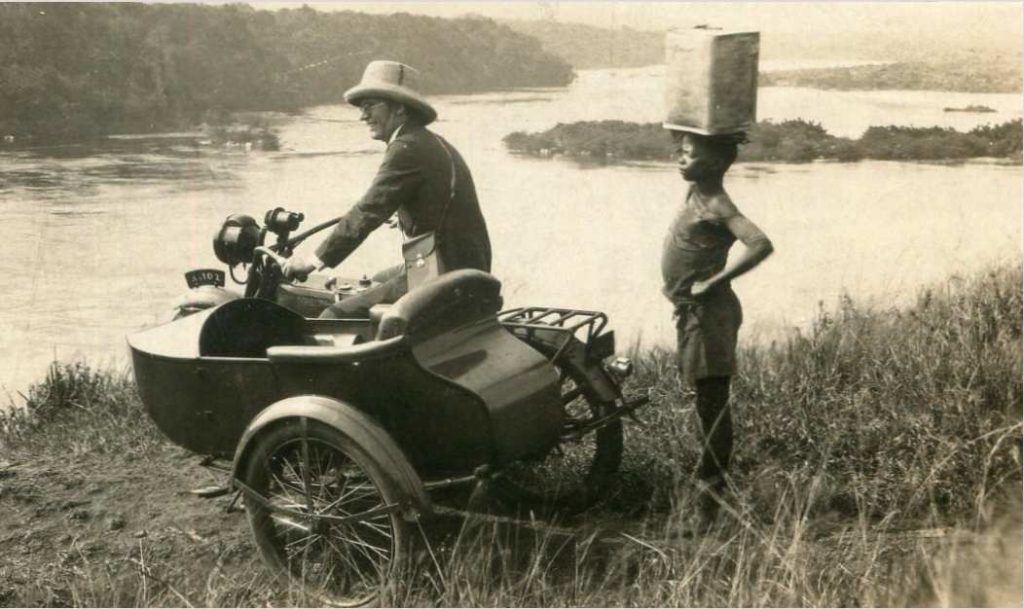
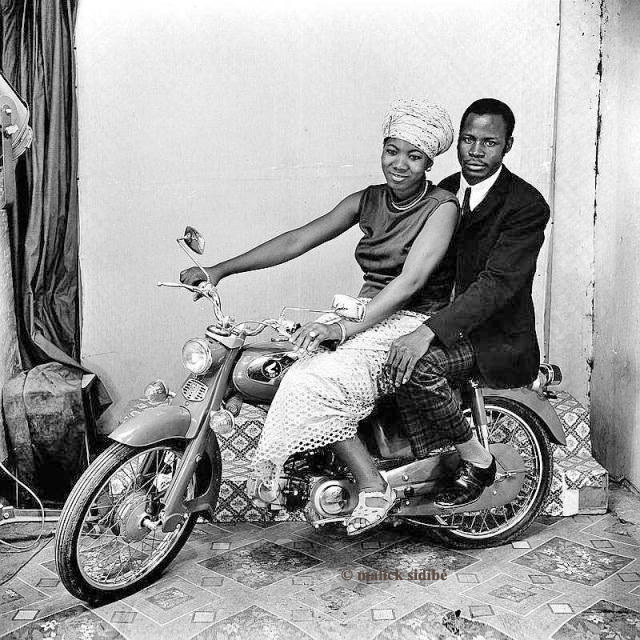
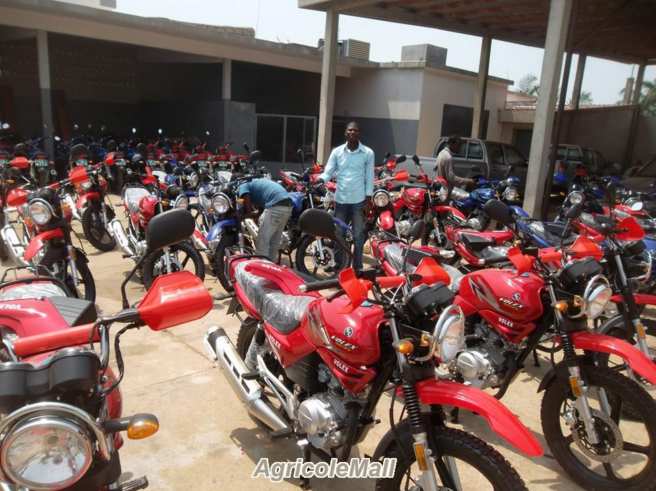
Only 15% of these machines remain in Togo, according to Giorgio Blundo (director at the School of Higher Studies in Social Sciences – EHSS), who states that “Togo imported from China motorcycles worth $250Million in 2016…with 320 factories and nearly 125 brands included.” The list of brands is enormous, ranging from Apsonic to Zongshen, and passing through Bli, Boxer, Chunlan, Dayang, Haojin, Haojue, ZF-KY (or Huawin), Jialing, Lifan, Lingken, Pantera, Qinqi , Rato, Royal, Sonlink, Senke, Volex, and dozens and dozens of other brands that might be named for particular retail outlets.
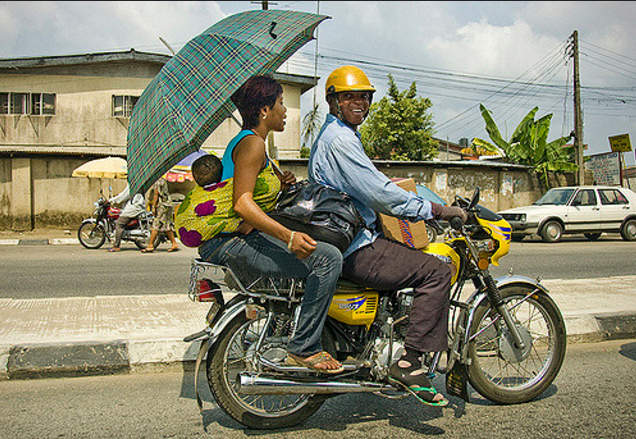
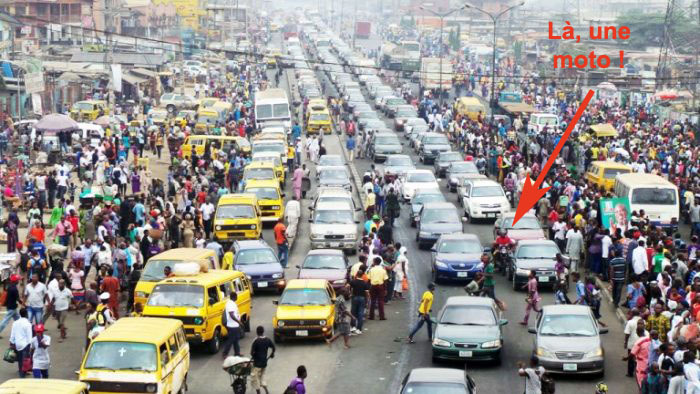
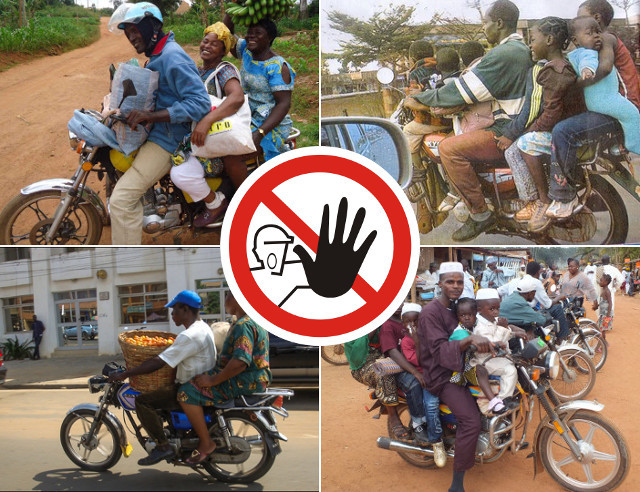
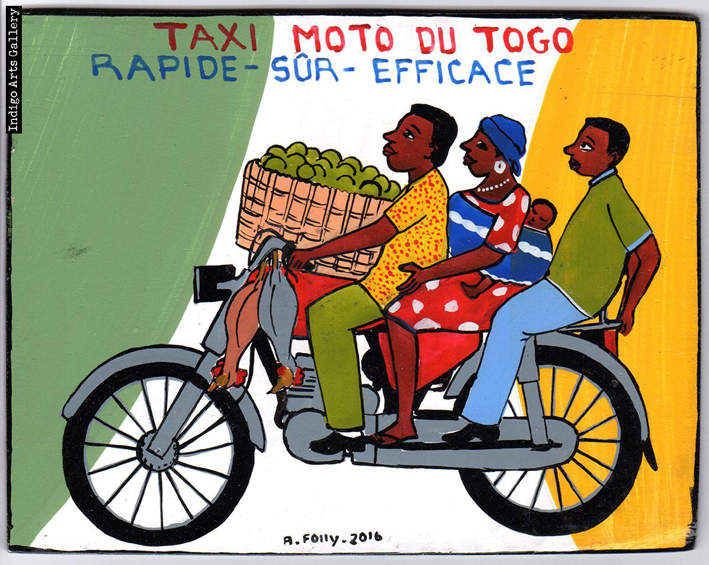
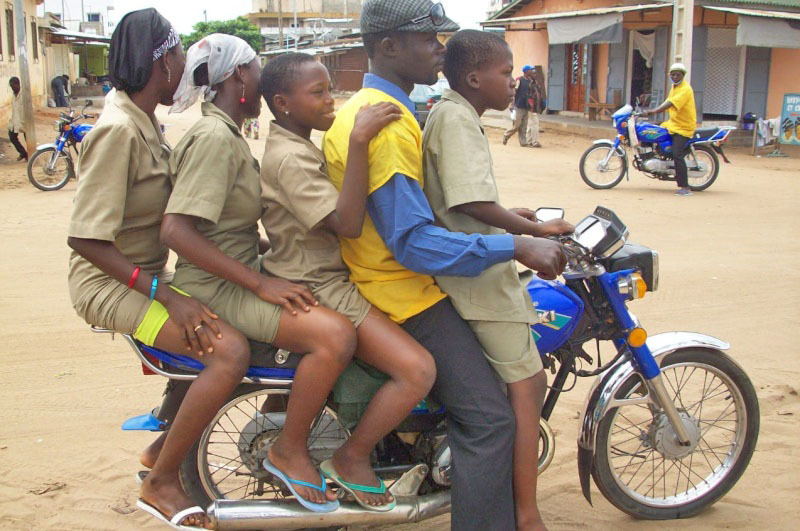
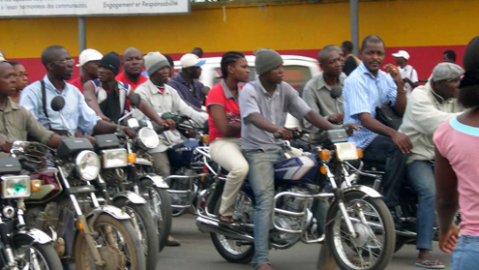

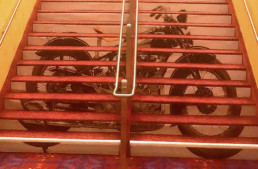
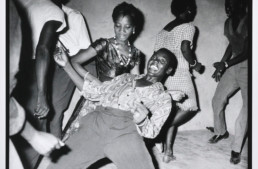
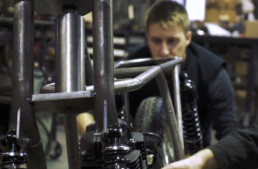
Small correction, the correct name of the company is TVS, not TVR.